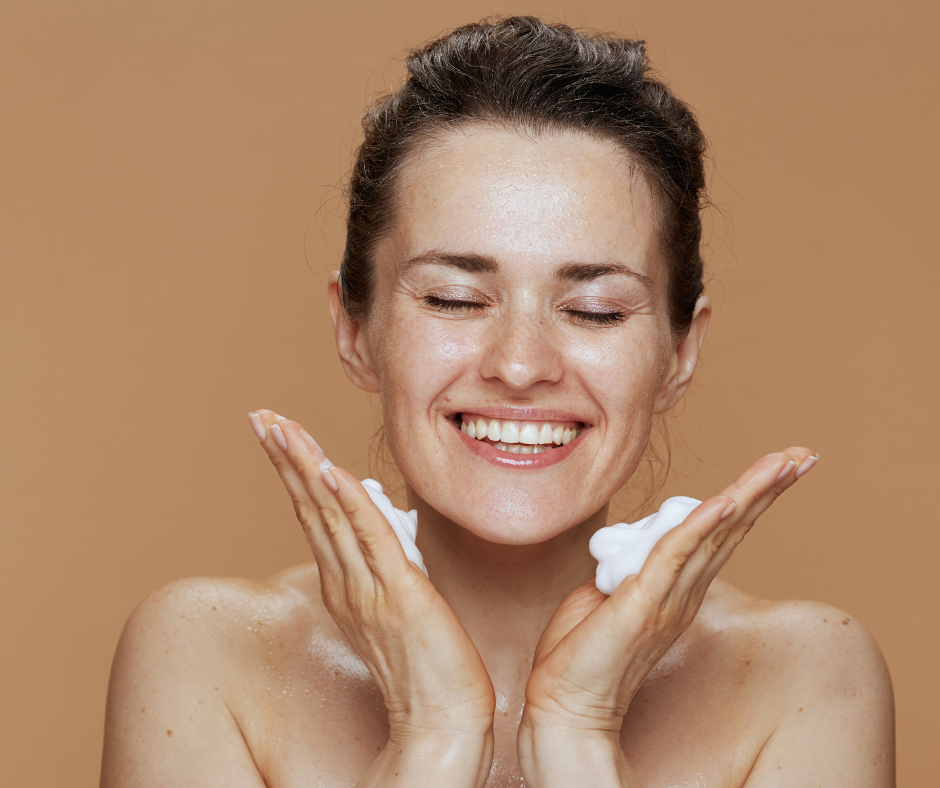MANAGING YOUR SKIN THROUGH MENOPAUSE
Janine Mendes-Franco
Perimenopause (which can begin as early as your mid-30s) and menopause (40+) mark the beginning of the end of women’s fertility, bringing with them physical and emotional changes. This includes shifts in skin health, thanks to hormonal fluctuations, primarily attributable to the decrease in estrogen. Fret not, though — we’ve got strategies to help you handle these skin transformations and look as radiant as ever.
Hydrate and feel great
As estrogen levels drop, the skin becomes drier and less elastic. Combat this by drinking plenty of water and using a moisturiser that contains hyaluronic acid, glycerin, and ceramides, which help retain moisture and fortify your skin's barrier.
Be done with the sun
We’re not saying you don’t need Vitamin D. We are saying that once you’re in the sun, you’ve got to protect yourself. Menopausal skin is more susceptible to damage from UV rays, so use a broad-spectrum sunscreen (SPF 30+) as a regular part of your skincare routine.
Make friends with the cleanse
Avoid harsh, alcohol-based products; a mild, hydrating cleanser will help maintain your skin's natural oils. Cleanse morning and evening to maintain healthy skin.
Be unapologetic
As much as the media harps on the fountain of youth, the reality is that people age — and it’s a gift many don’t get. You can gracefully embrace the change by using skincare products with retinol, peptides, and antioxidants that help support your skin though menopausal changes while reducing the appearance of fine lines and wrinkles.
Eat smart
A healthy diet rich in fruits, vegetables, and Omega-3 fatty acids (salmon, avocados, nuts, etc.) can improve your skin's health and elasticity.
Keep it moving
Exercise increases blood flow by delivering oxygen and nutrients and by managing stress, which is a major cause of skin issues during menopause. Introducing techniques like yoga and meditation into your daily routine will have a positive effect on your skin’s appearance.
Above all, be gentle with yourself. Skin changes during menopause are a natural part of the ageing process, but can take some getting used to. Be patient while you figure out the right combination of products — and lifestyle choices — that works for you as you gracefully navigate this new phase of your life, and still feel beautiful in your own skin.


















